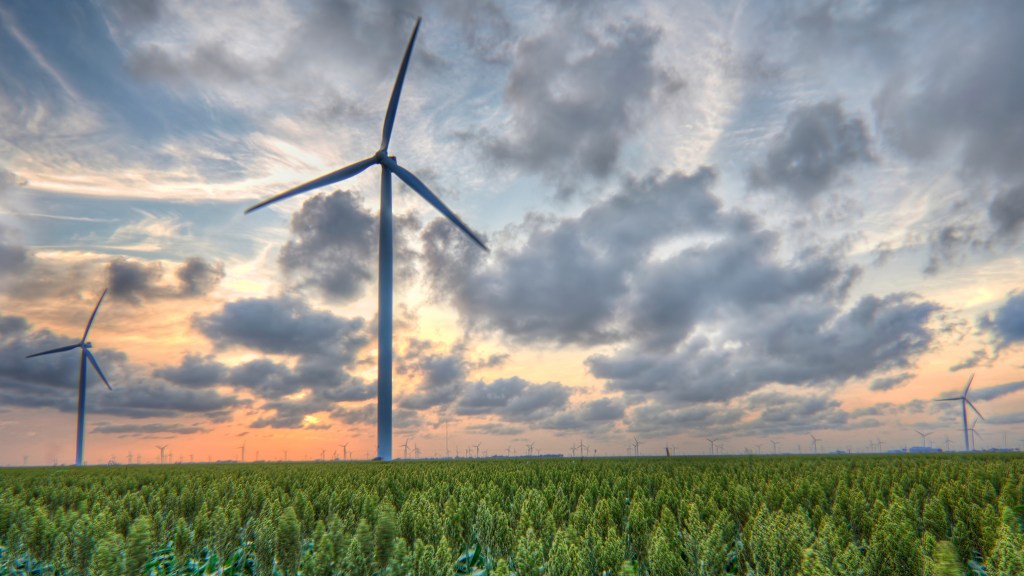For biodiversity, there’s no escaping energy development. Even clean energy sources, like wind and solar, have some effect on the natural landscapes where they’re placed.
New research from Nature Conservancy scientists reveals just how little we know about how energy development impacts biodiversity and natural landscapes. Published last week in Bioscience, the paper pinpoints a potential solution to how conservationists can quickly obtain the knowledge they need to ensure that development does not harm natural lands and the benefits that they provide.
“We need more focus on ecological systems and less on individual species,” says Joseph Kiesecker, lead scientist for The Nature Conservancy’s Global Conservation Lands Program and author on the study.
The State of the Science on Energy Development Impacts
Led by Nathan Jones and Liba Pejchar of Colorado State University, the team of researchers examined all known research on the effects of oil, gas, and wind energy development on ecosystems, including: wildlife mortality, habitat loss, habitat fragmentation, noise and light pollution, invasive species, and changes in carbon stocks and freshwater resources.
They revealed that our existing scientific knowledge is extremely species and site specific. Research often focuses on the impacts of one type of energy development on one species — for example, how oil production in northeast Wyoming could impact the declining greater sage grouse. And, a majority of this science comes from North America, which will not help predict environmental impacts in other parts of the world.
Shifting to a Landscape Perspective for Future Mitigation
Kiesecker explains that conservationists don’t have the time, energy, or funding to conduct all of the scientific studies needed to fully understand how development will impact a specific place or individual species before development begins.
The good news is that there are steps that conservationists can take now to fill in gaps in the science. “What we can do, relatively cheaply and quickly and well, is to understand the landscape-scale consequences of development,” he says. “Then plan to minimize those impacts.”
The team’s paper recommends that planners should try to understand how energy development will fragment the landscape, and what mitigation measures can be put in place to keep the ecosystem functioning around and within developed areas. Encouragingly, Kiesecker says that a good bit of data exists to do just that.
This approach is especially important for developing countries with future energy potential, he says, including South America and Africa.
“We don’t have a thoughtful, carefully planned energy strategy anywhere in world,” he says. “We need to get ahead of curve and understand the landscape-scale impacts of development before it happens, so we don’t keep making the same mistakes.”




Join the Discussion